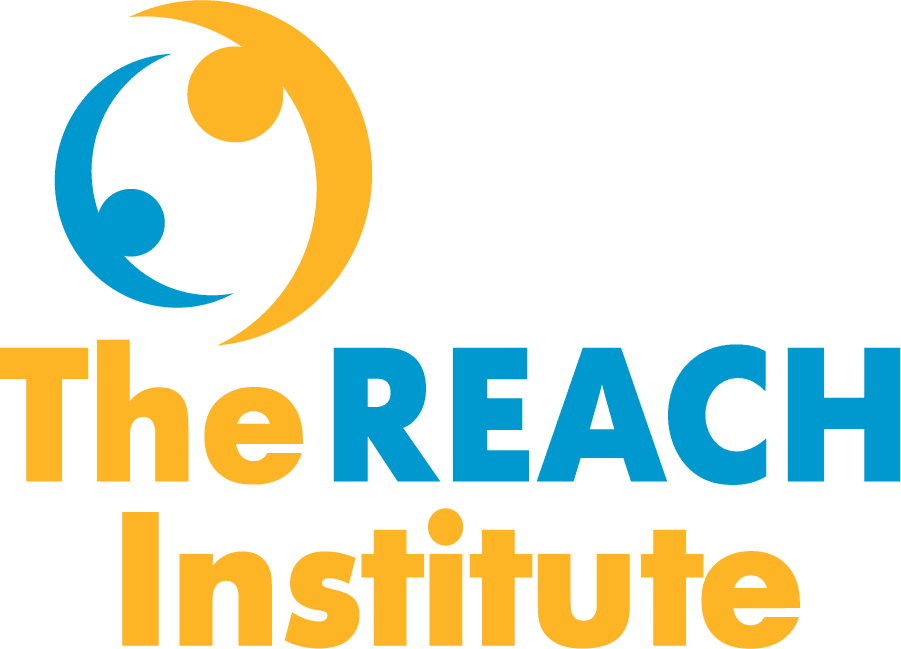News/Media
Cross-titrating psychiatric medications
If you struggle with titrating psychiatric medications for your pediatric patients, you are not alone. Even for some alumni of the REACH program Patient-Centered Mental Health in Pediatric Primary Care, lack of comfort with psychiatric medications can hamper effective treatment.
What does it take to dose and cross-titrate effectively? We asked two REACH faculty members: Peter S. Jensen, MD, REACH founder, and Amy Kryder, MD, education lead of the statewide REACH program in Virginia.
Read More7 ways to support LGBTQIA+ youth
In a recent national survey, 46% of young LGBTQIA+ respondents said that they wanted counseling for psychological or emotional health issues and couldn’t get it. As a pediatric primary care provider (PCP), you may be well aware of the challenges your LBGTQIA+ patients face. To help you help them, we gathered suggestions from two experts, both of whom were panelists in our May webinar on supporting LGBTQIA+ youth: • Andersen Guske, nonbinary 22-year-old LGBTQIA+ advocate • Amy Dryer, MD, pediatrician and REACH faculty member Together, they offered 7 suggestions.
Read MoreHelping children who have lost a parent
More than 40,000 children have lost a parent due to COVID-19. Black children, who constitute 14% of children in the US, are 20% of those who have lost a parent. Chances are good, then, that some of your patients have been through one of the most significant losses they will experience in their whole lives. The support they receive now to grieve in a healthy way can make the difference between their ability to thrive and their descent into adverse outcomes ranging from school failure to death by suicide.
Read MoreHelping AAPI patients cope with racism
Discrimination and hate crimes against people of Asian American and Pacific Islander (AAPI) descent have risen during the COVID-19 pandemic. You may be wondering how you can help your AAPI patients cope with feelings that arise from experiences of racism.
Read MoreBack to school for special populations
Although some schools have been open in person for months, some larger districts are just beginning to welcome students back on campus. Children, families, educators, and medical professionals have mixed feelings. To help you support different patient populations as they return to school, we talked to Jennifer Walton, MD, MPH, a co-author of a call for an “URGENT Coordinated Effort to Re-Open Schools” by the National Medical Association (NMA). Dr. Walton is chair of the NMA’s Pediatric Section, an assistant professor of clinical pediatrics at The Ohio State University, and a developmental behavioral pediatrician at Nationwide Children’s Hospital.
Read MoreHelping patients through divorce
“Parents who are going through a divorce really want to believe their children are OK,” said Lisa Blum, PsyD, a licensed clinical therapist on the faculty of The REACH Institute’s CATIE program. “They’re terrified that they’re hurting their kids. So if Sally is doing her homework and Johnny isn’t acting out, the parents think, ‘Whew, good, they’re fine!’ But often they’re not fine.” Though divorce rates in the US have been declining for years – including, according to early reports, during 2020 – the rates are still high. Each divorce or separation brings loss, disruption, and pain to any children involved.
Read MoreNew coding guidelines for 2021
2021 brings big changes to coding for mental health visits in pediatric primary care! The new coding guidelines issued by the Centers for Medicare and Medicaid Services (CMS) reduce the documentation burden and increase the levels of payment (work relative value units or wRVUs).
Read More10 ways to help families through the holidays
If you’re like most pediatric primary care providers (PCPs), you’ve seen an increase in child mental health issues due to COVID. Research shows that the pandemic, with its consequent disruption and isolation, has increased adolescents’ risk of trauma, depression, and anxiety. Families are dealing with grief, the anxiety of whatever “school” means this week or this month, and, in many cases, loss of income. Families of color and low-income families have been hardest hit by the pandemic itself, by the economic and social fallout, and by the attendant impairment of mental health. And now come the holidays.
Read MoreWorking with challenging families
You’re in the consultation room with Anita, who first brought her 15-year-old son Vic to you two weeks ago. Vic has been suspended from school several times for increasingly dangerous behavior. Anita uses a wheelchair because she has multiple sclerosis. Today she is distraught. Last night, she forbade Vic to leave the house, but he went anyway. He didn’t come home last night or go to school this morning. Anita has called everyone she can think of, but no one knows where he is. The police won’t help until he has been missing at least 24 hours. Anita has come to you as a last resort. When you saw Vic, you were troubled by his history of uncontrolled behavior and his uncooperative stance. You were hoping to get him to open up in a follow-up visit. But now Anita is here alone, frantic because she doesn’t know where Vic is. What do you do?
Read MorePromoting healthy grief
COVID-19 has changed the way children experience the death of a loved one. Although difficult under any circumstance, bereavement is even harder when mourners can’t gather. Barriers to comforting mourning rituals and supportive social communities can make it harder for children to grieve in healthy ways, while increasing the risk for maladaptive grief reactions.
Read More